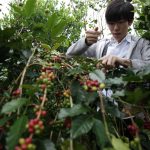
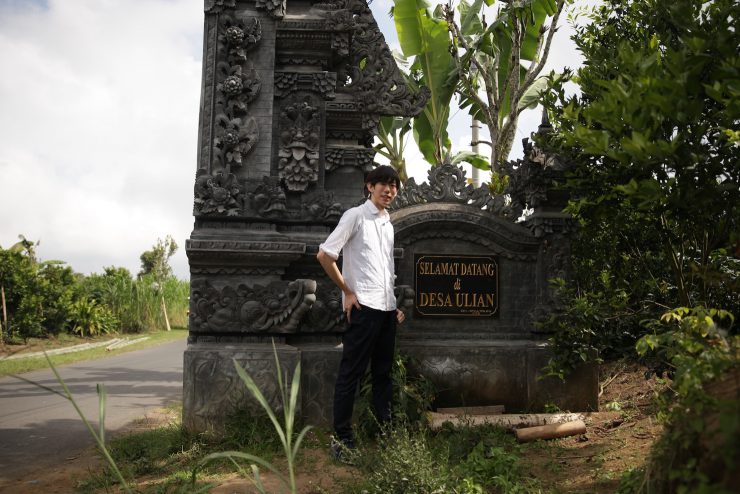
Yuma Kawano of Light Up Coffee in Ulian, Bali
Light Up Coffee has set some lofty goals for the future: though their current objective is spreading specialty coffee across Japan, their overall aim is to raise the standard of Asian coffee across the world. Along with running seminars and regular cupping events, Light Up Coffee has opened a second shop in Kyoto, and a dedicated roastery in Shimokitazawa.
But for all their work in Japan, it was the news that they’ve been traveling to Asia to collaborate with coffee plantations that had me most intrigued. Co-founder Yuma Kawano says he started seriously thinking about travel in 2015 and sees an untapped potential in Asian coffees.
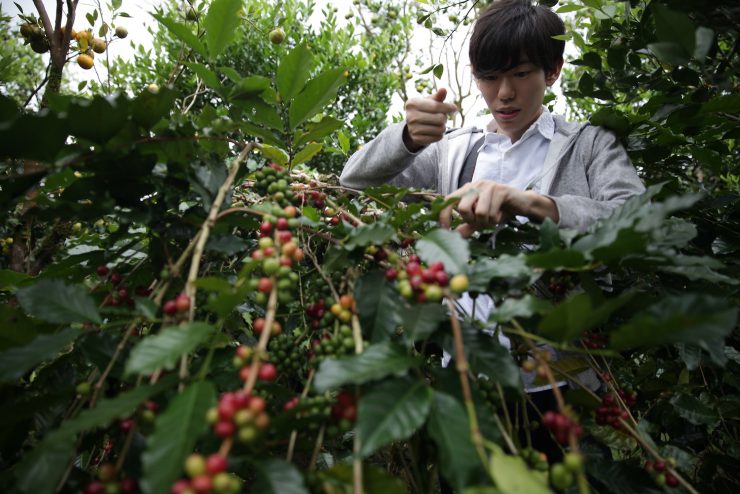
“I always wanted to go to Costa Rica, or Ethiopia, or Kenya; all famous places for coffee. But places like Blue Bottle and Stumptown are already going there, so I decided to stay in Asia, and when I thought more about it, I realized people weren’t really going there.”
Kawano wondered what Asian coffee would taste like if the process was given more careful attention, and whether it would lead to flavors unique to the region.
“At the moment, people see Asian coffee as kind of earthy, bitter, and strong-bodied. It’s not really clean. I felt like that was a waste. I thought we could produce better coffee. So with some help, we started collecting samples from across Asia.”
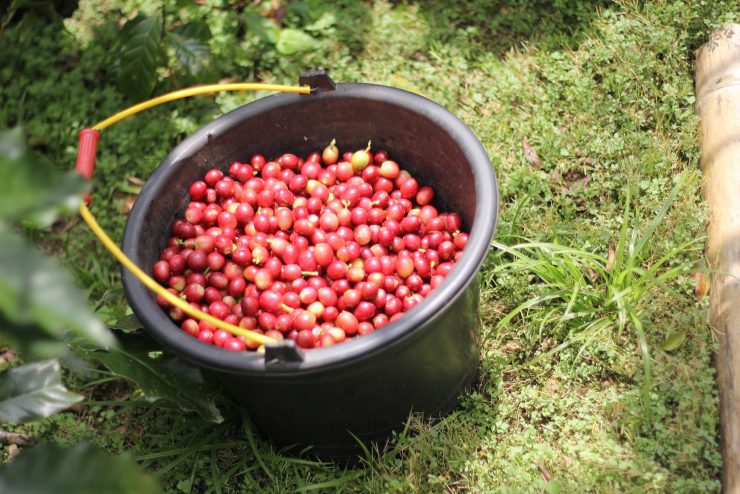
Light Up Coffee ended up roasting and cupping some thirty different samples. In the haphazard mix of flavors were a few sparks of potential, and Kawano reached out to these coffee farms with the goal of paying up front for coffee on one condition; that the farms would work with them to improve each step of production.
This, eventually, brought them to a plantation called Ulian, located in the north of Bali, three hours by car, Kawano visited Ulian for the first time in 2015. He says it was a shock.
“The [farmers] just didn’t know [the process]. They tried the best they could, but they only knew how to make coffee the way they’d always made it. They were drying the coffee on the ground, and selling it before it had dried properly. They washed the coffee in dirty water; everything needed to be worked on.”
This appears to be a common theme in Kawano’s travels, which often involve helping farms to improve the production chain. He teaches each step as thoroughly as he can, and often on limited time. At Ulian, too, he says it was like a crash course seminar in picking, pulping, washing, and drying.
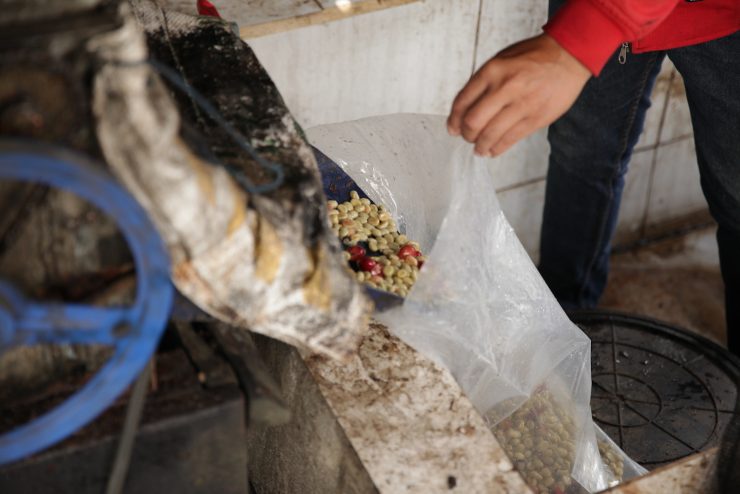
Pulping
After a time, the coffee improved, and Kawano received a small batch of coffee that opened his eyes to the potential.
“The batch we received was like a Costa Rican coffee. It was sweet, clean, and I really thought it was the best coffee I’d tasted in Indonesia. I was so surprised!“
Kawano was hopeful they could serve Ulian’s coffee this summer, but progress over the last year was one of minor gains among multiple setbacks, including stormy weather and mistakes in the production chain. Plans with Ulian eventually fell through, but the experience galvanized Kawano and pushed him to further exploration.
“The biggest takeaway [from this experience] is that we know you can grow good coffee in Asia now. It’s tough, but I’ve tasted really excellent coffee. If we can make that again, the farmers can sell their coffee at a much higher rate, and it will be a positive for both of us. There’s real potential there.”
And when I asked him what was next, he excitedly spoke of the Belantih plantation in Vietnam and the Pak Hendra plantation in the northern part of Sumatra; both are locations he’s been working closely with over the last year, with the intention of serving their coffee before the year’s end.
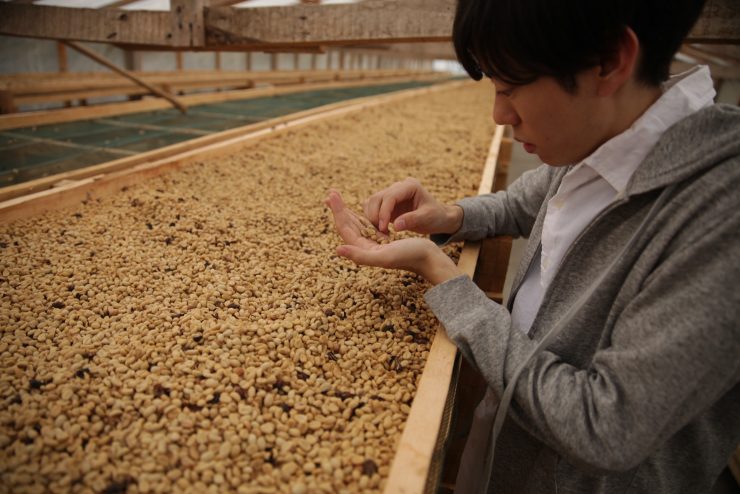
Drying bed
“At the moment, we’re making contacts, networking, and finding plantations that want to work together to produce better coffee. It’s going to require a lot of experimentation, and consistently great coffee might be two, three years away. But I want to develop a Cup of Excellence level coffee in Asia; I think that’s a really worthwhile goal.”
Kawano talks about his adventures with a great enthusiasm for the future, and it’s clear he’s dedicated to this new goal, however rocky the road ahead might be. And though the exact coffees they’ll serve in the near future, and when we’ll get them are still a mystery, it’s sure to be an ever more intriguing journey for the young roasters.
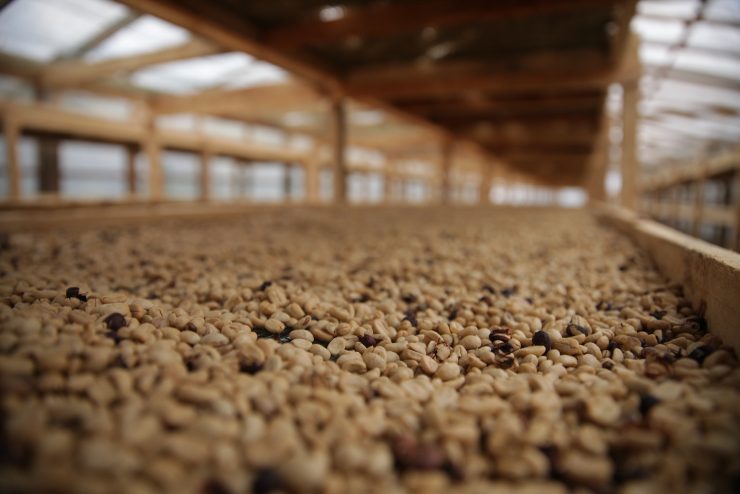
Hengtee Lim is a Sprudge staff writer based in Tokyo. Read more Hengtee Lim on Sprudge.
Photos courtesy of Light Up Coffee.
The post Improving Balinese Coffee Quality With Tokyo’s Light Up Coffee appeared first on Sprudge.
seen 1st on http://sprudge.com
No comments:
Post a Comment